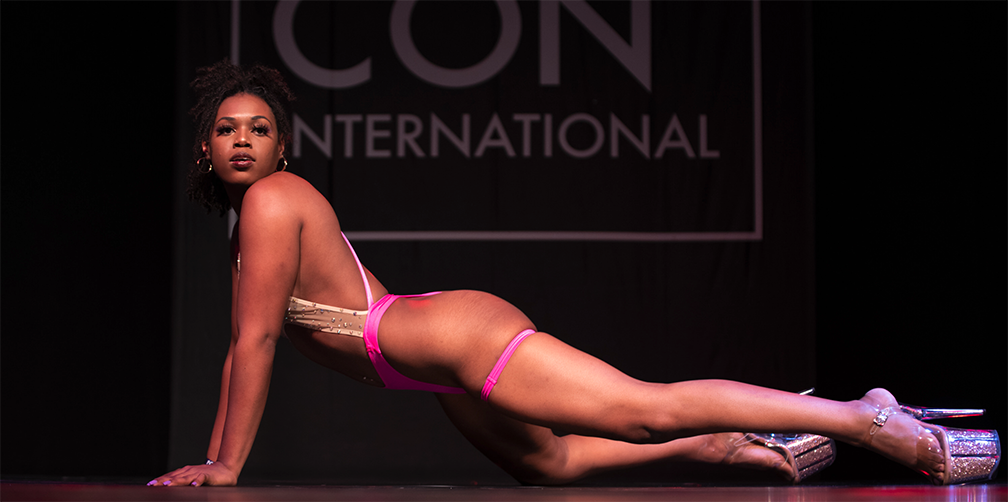
Teacher Tip: How to improve your verbal cues
Helping people find the connection between their bodies and brains to execute pole moves is HARD!
While visually showing someone is part of teaching, verbalization and explaining the movement will aid in communication and understanding.
A “cue” is a short-hand way of referencing how you teach a movement.
It could be physical such as a touch, visual like during a demonstration, and verbal using your words to explain how to execute the move.
Here are some ways to improve your verbal cueing, which is especially important when you can’t physically cue, touch, or spot a student, such as during a virtual class.
How to improve your verbal cues
Use this question sequence on yourself about the movement you are intending to teach to start building more detailed verbal movement cues.
Basic—ask yourself the following questions:
- What muscle(s) (can be general like “the arm” rather than anatomically specific) is/are moving?
- Where is the movement initiating from? (do your hips start the movement or your toes?)
- Where does the movement end? (do your hips end the movement or your toes? What is the defined end shape “supposed” to look like? Could there be variations?)
- What is the muscle creating the movement doing (rotating, lengthening, gripping, etc.)?
- How should the movement feel (light, heavy, “deceptively easy looking but really hard,” etc.)?
Advanced—add these questions to the ones above if or as necessary:
- Who is moving (important for groups moving together, such as in choreography)?
- When is the movement happening—is there a sequence of muscle movements to execute one movement? (such as move your bottom arm first and then your top leg) Or a phrase of movements that happens in a specific order or to specific parts of music?
- Why is the cue being used? Is it to help your students understand why you are teaching in a specific way? Or is because you don’t know any other way? Honesty can help you learn more about how to reach your students!
How to develop the best cues
Finding cues that make you go “aha! That’s what’s going on!” is a process and will take time to develop as a teacher and to understand as a student.
AND remember, that not every cue works the same for every body.
Many movement teachers are only able to speak from the perspective of their body type and size, which can make working with another body type or size challenging at first.
The more experiences you as a teacher have working with diverse bodies and with people who are neurodivergent will also help you understand how to communicate more effectively with more people.
Students, please don’t be discouraged if something doesn’t make sense to your brain and/or body at first. Ask for more options and work on getting in touch with your body to help you develop more body awareness. Working with other teachers can also expose you to different cueing and styles of teaching that might work better for you.
Teachers, keep learning, listening, and adapting to reach more people in a meaningful way!
- Interview with New PoleCon Instructor: Melonsl - May 9, 2025
- PoleCon Hub Page: PoleCon Info - April 25, 2025
- Interview with New PoleCon Instructor: Aerial Crystal - April 4, 2025


